Earlier today, while searching for some stuff on one of my old external drives, I came across a folder named OLYMPUS c-350. I wasn't sure what the folder was about and didn't know what kind of files would be there. When I opened the thing, I found a bunch of old, relatively low - resolution photographs that brought back some memories.
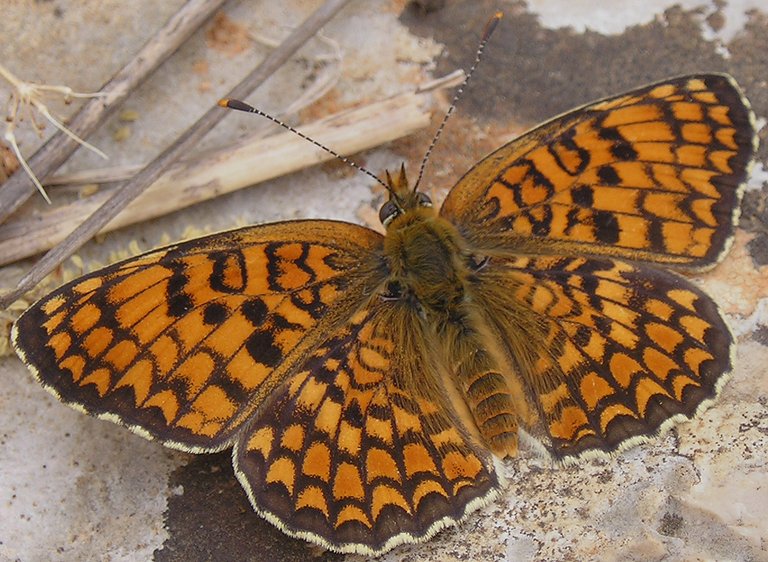
The year was 2004 and I bought my first digital camera to photograph some apartments. I worked in a local Tourist agency back then. I mean, I owned one and worked in it. When, a couple of months later, I downloaded Photoshop with the crack folder and learned a bit about how to use it, it was time to have some fun with the camera. It was time to chase butterflies in the rare free moments allowed by the intense tourist season.
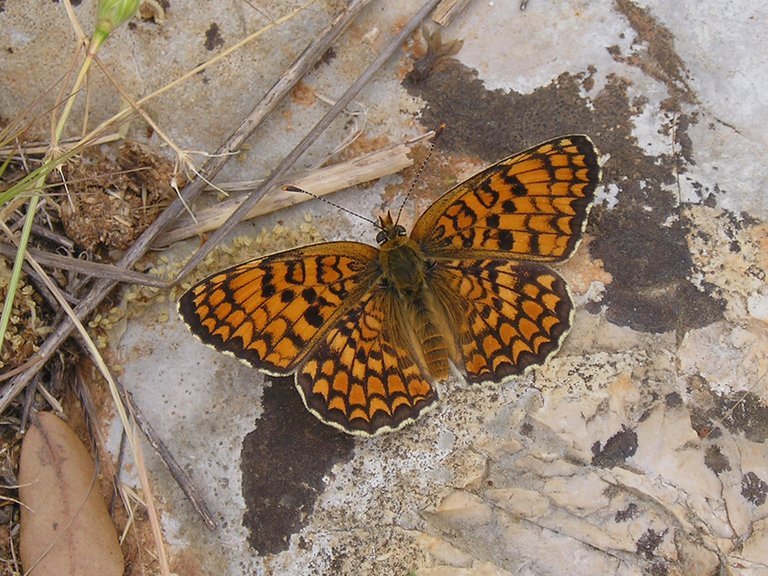
In these first two photographs, you can see some butterfly from the genus Melitaea of the Nymphalidae family. Probably the Melitaea phoebe.

Very soon I discovered that the small compact camera was giving surprisingly good results in macro. Here you can see the Omophlus lepturoides, a beetle from the Alleculidae family, on the leaf of some grass or sedge at the edge of some small pond.
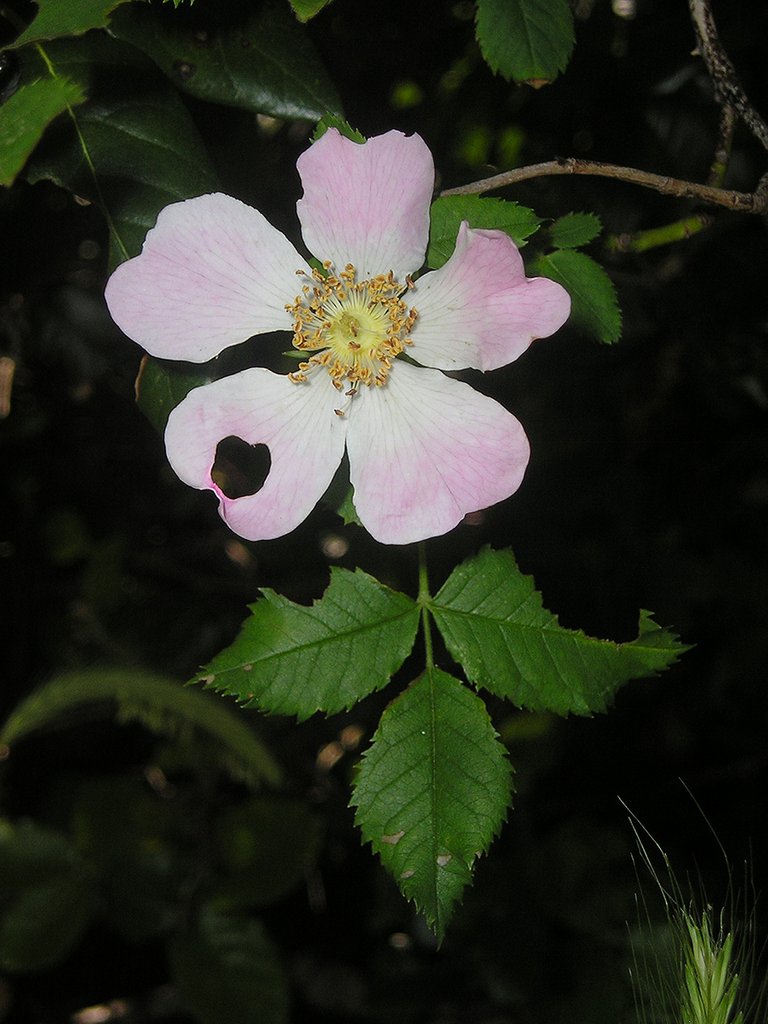
The camera in question was the OLYMPUS c-350 and in this photograph, you can see the flower of the wild rose (Rosa canina)
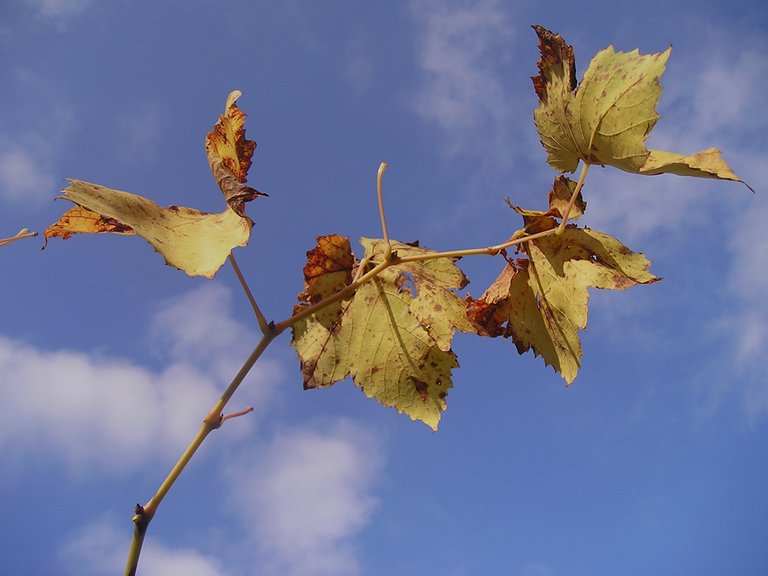
I was able to remember only that the camera was small, not the name or the exact shape. Fortunately, at least the name was saved as the name of the folder. Here you can see the leaves of the Vitis vinifera in early autumn. In the following photograph, the only one in this post that wasn't taken by me ...

Source: https://en.wikipedia.org/wiki/Olympus_C-350_Zoom
... you can take a look at that type of camera.

It took a bit of work in Photoshop to make the line of leaves in the foreground stand out against the background made of the same kind of leaves. The original photograph was an unattractive mess. I don't know what exactly was done to make the picture look how it looks right now, in the post, but there is a visible improvement over the original.
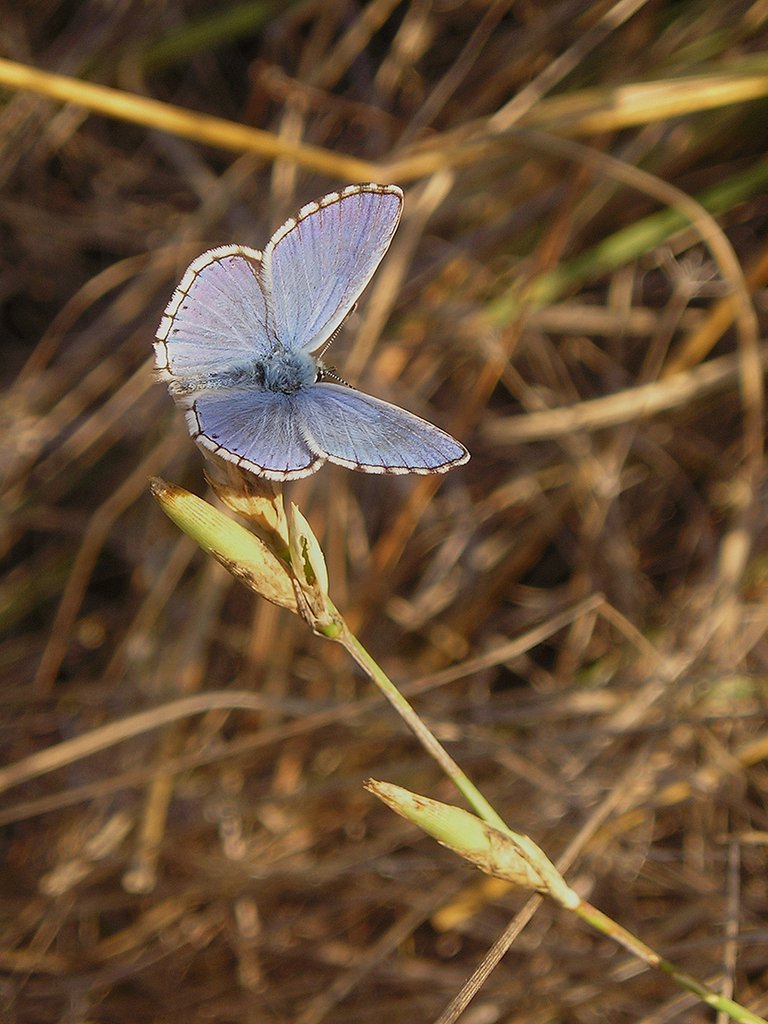
Here you can see some small blue butterfly from the genus Polyommatus of the Lycaenidae family. Probably the Polyommatus dorylas. The glossy blue on the upper surface of the butterfly's wings looks great in combination with the shades of brown and yellow provided by the dried-out vegetation.

Of course in this post, you are looking at a selection of fairly successful attempts to take a good-looking photograph with poor equipment. I remember taking hundreds or thousands of bad, boring, blurred, or overexposed photographs with that OLYMPUS c-350.
Here you can see the small fruits of the Briza maxima grass.

This was one of my first attempts at desaturation in Photoshop. The intricate structure of the fern looked pretty good in black& white.

Although I must say that the same fern, the Pteridium aquilinum, looked pretty good in color as well.
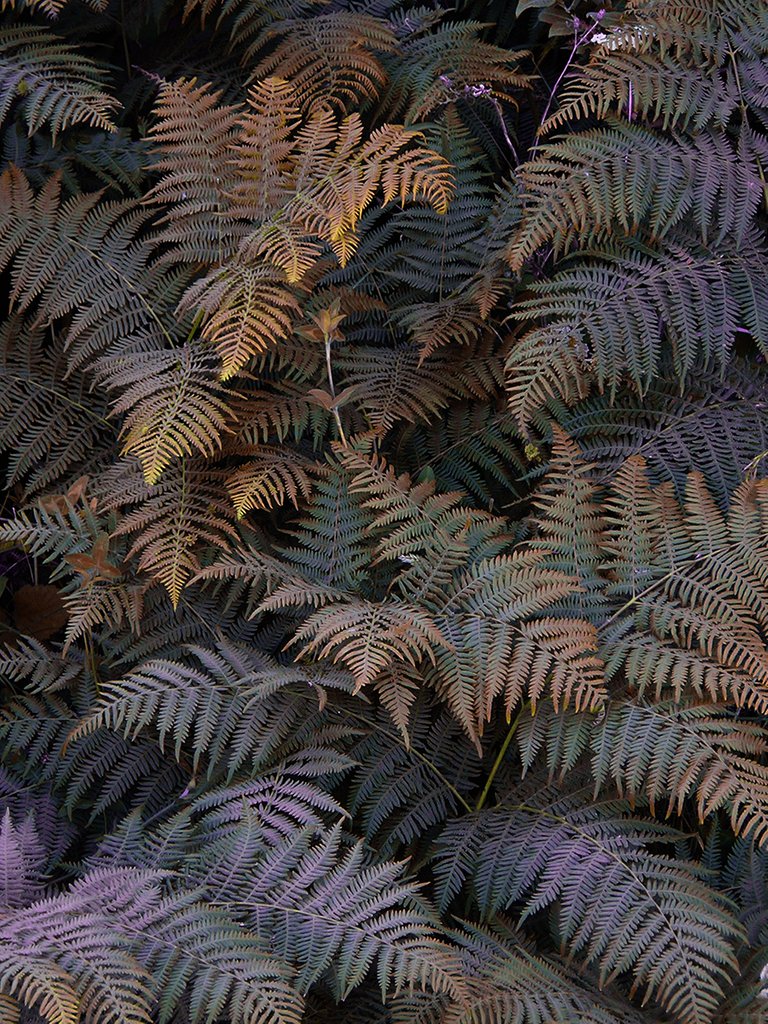
This version was created a couple of minutes ago. It was a quick and easy Photoshop intervention, but far beyond my knowledge in 2004 when the photograph was taken.
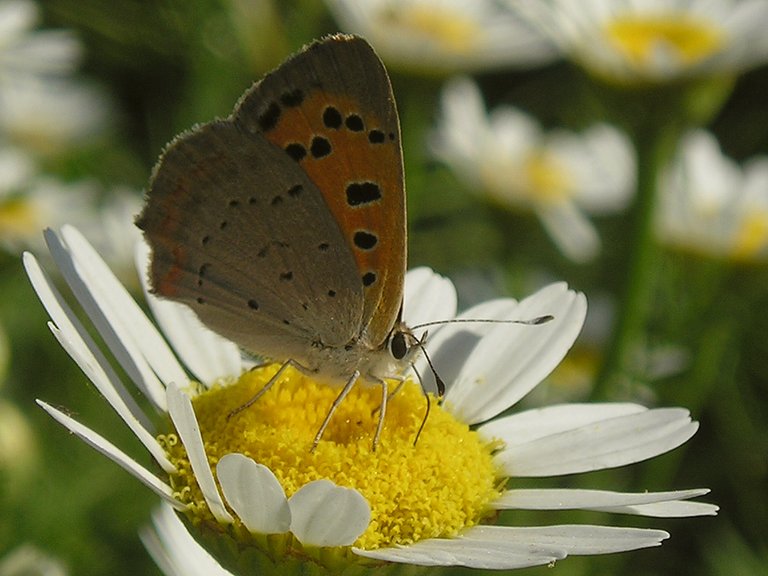
Here you can see the Lycaena phlaeas butterfly. The genus is Lycaena. The family Lycaenidae.
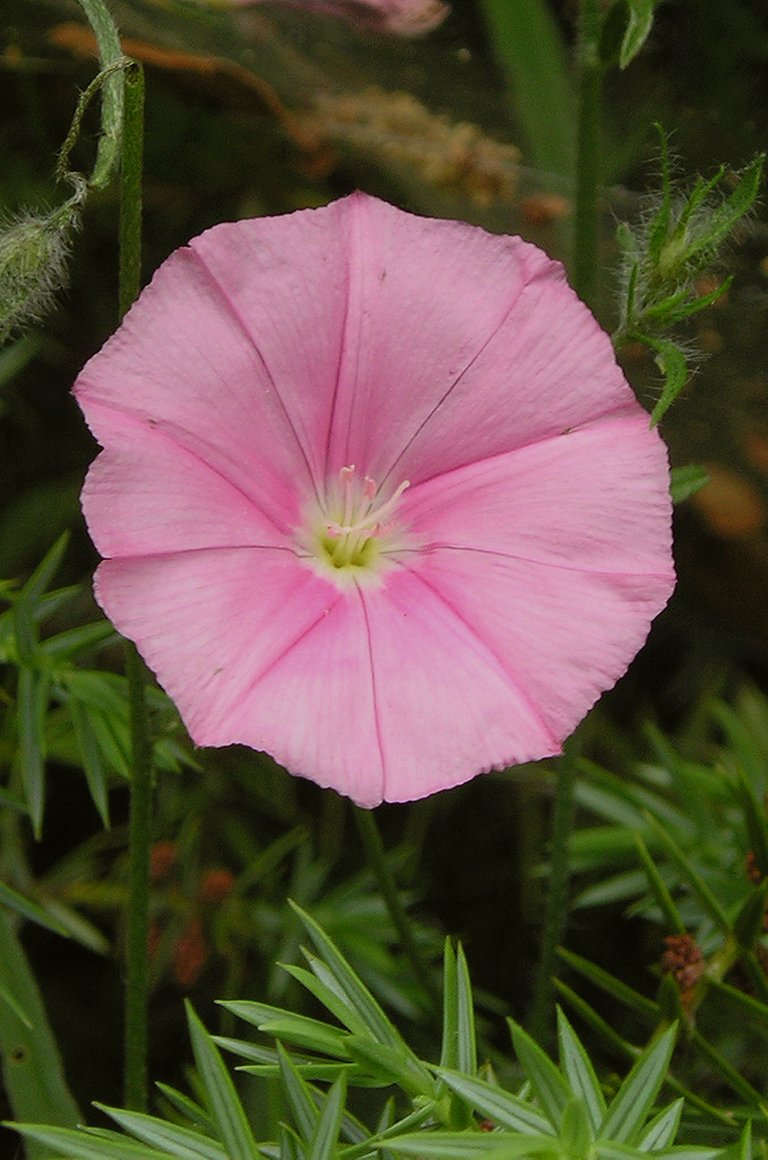
This is the flower of the Convolvulus cantabrica bindweed.

Here you can take a monochrome look at the leaves of the climbing plant that, scientifically speaking, goes by the name of Dioscorea communis.
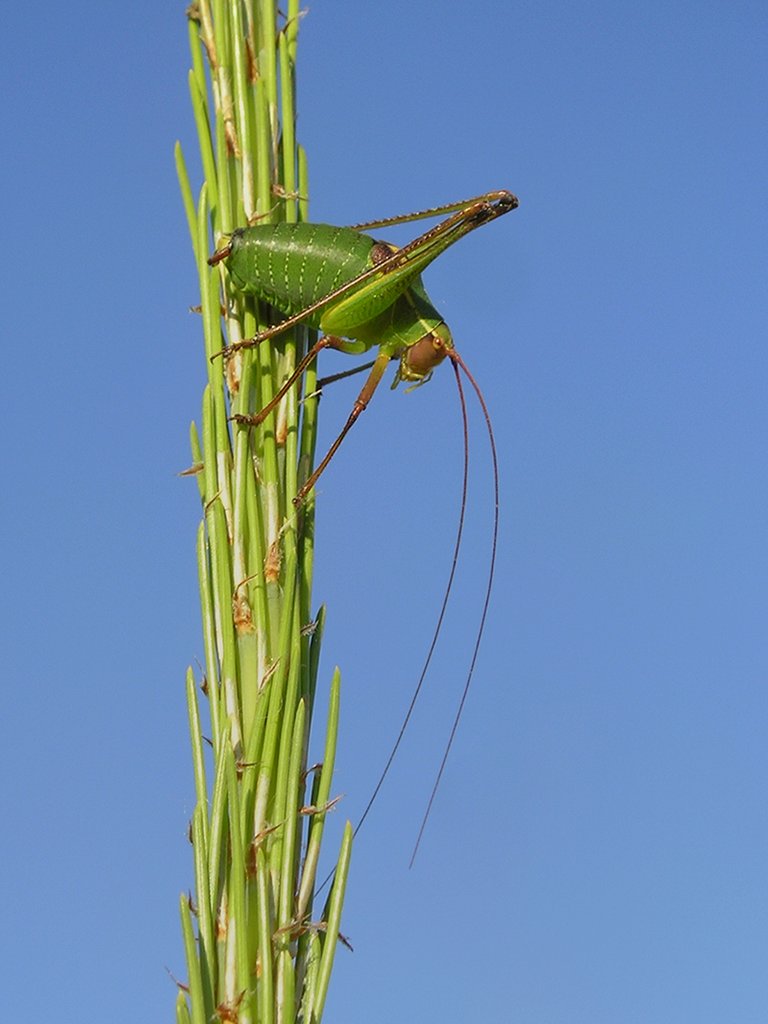
In this photograph, you can see the Barbitistes yersini bushcricket on the top of a small pine tree.
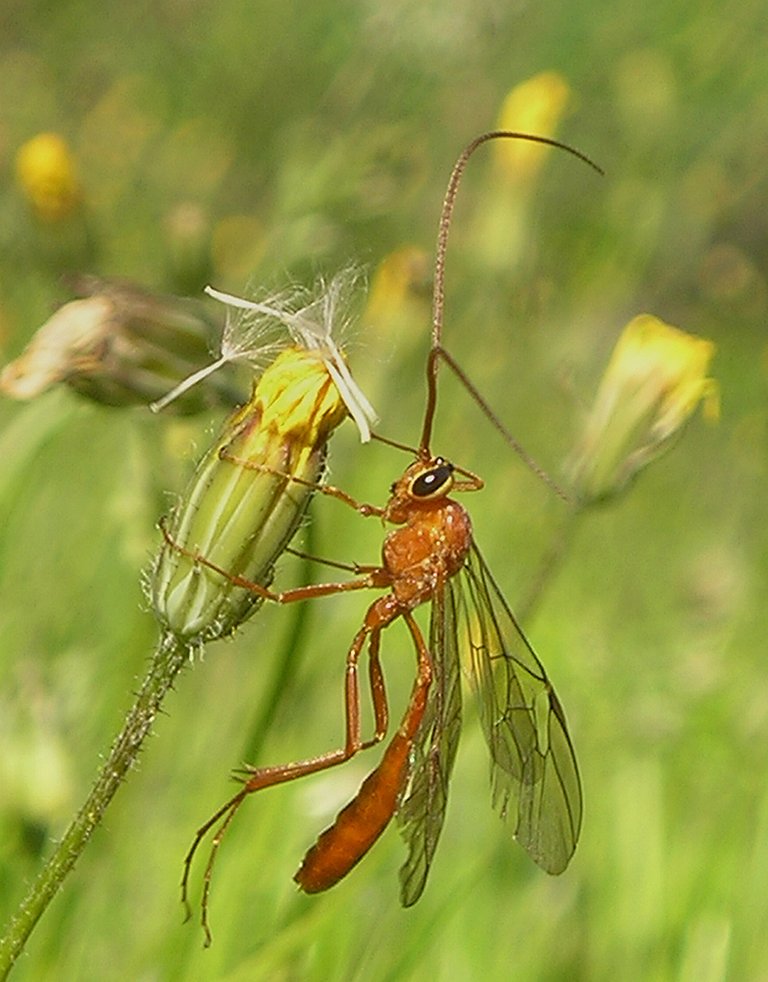
This is a Short-tailed Ichneumon Wasp from the genus Ophion of the Ichneumonidae family. I mean, all the wasps from that genus are commonly known as Short-tailed Ichneumon Wasps. The wind was blowing and the flowers along with the wasp's long antennae were swaying.
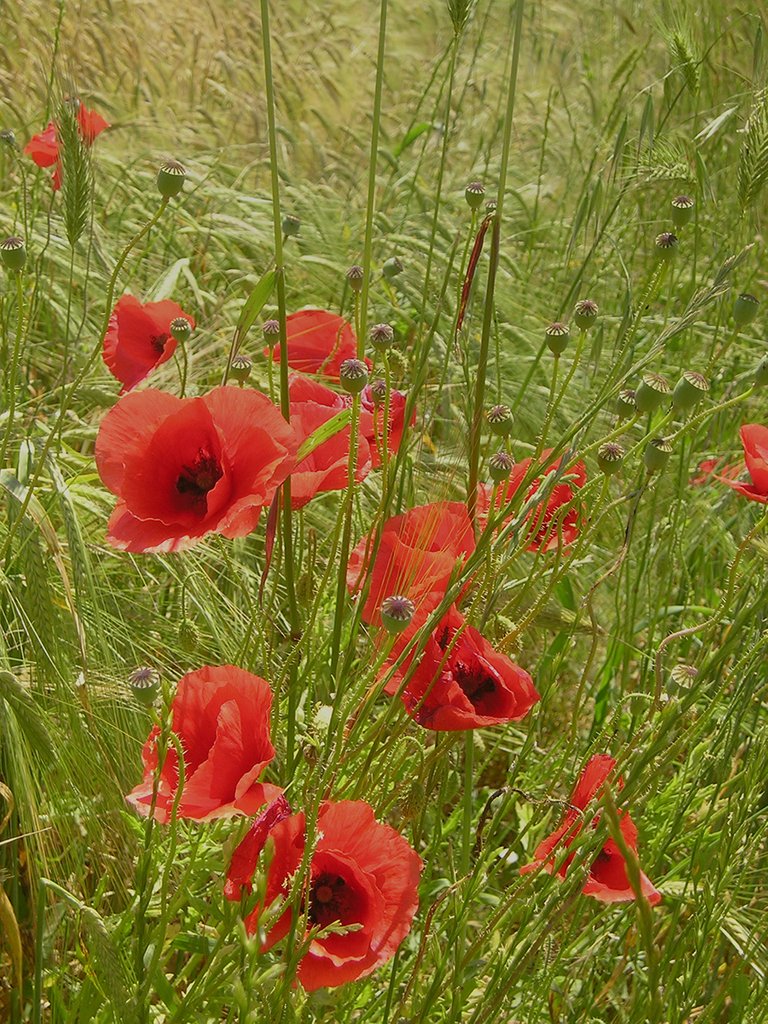
Here you can see a bunch of common red poppies (Papaver rhoeas)
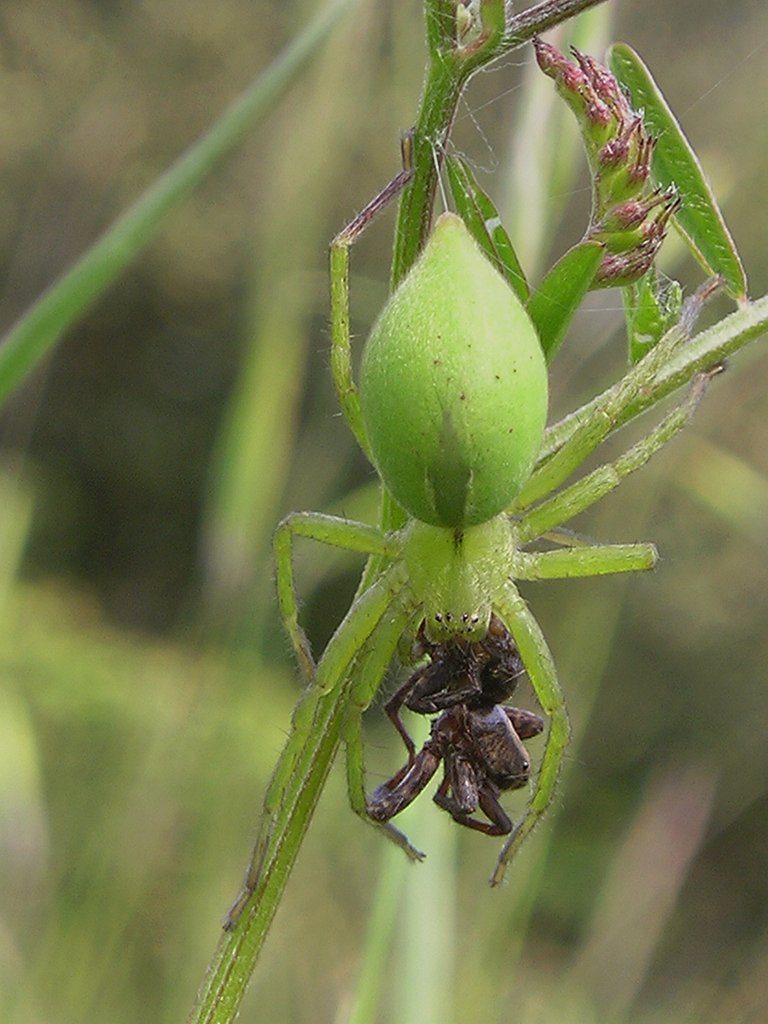
In this photograph, I caught the Micrommata ligurina spider that has caught another spider.
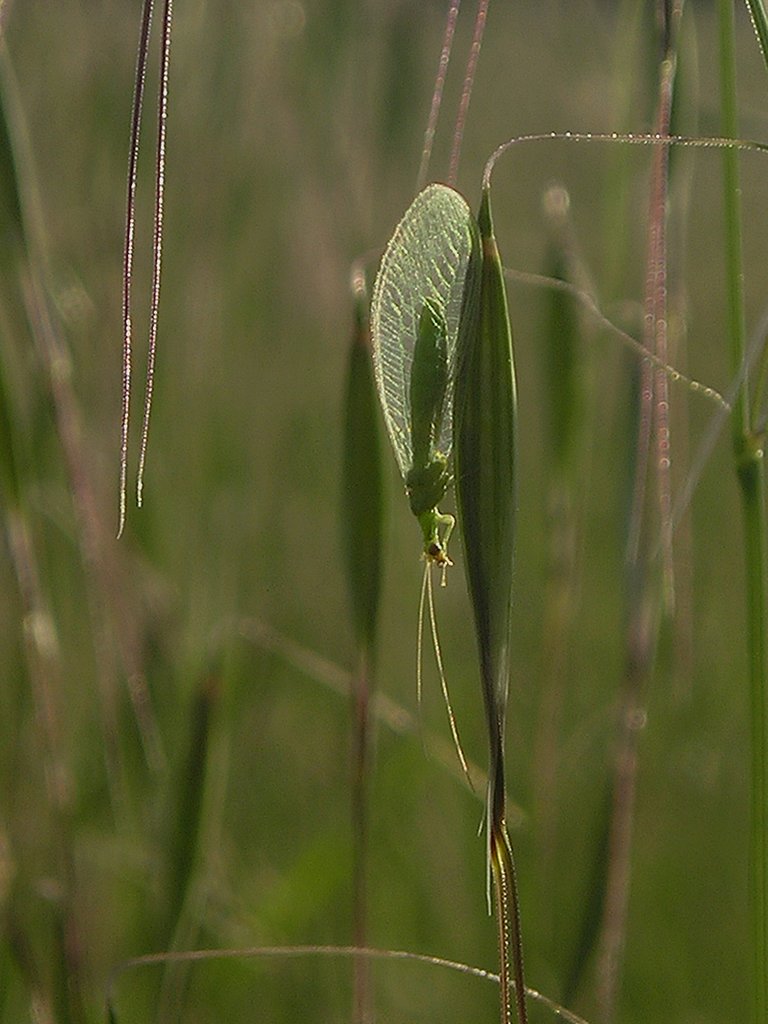
This is some green lacewing from the Chrysopidae family. It could be the Chrysoperla carnea. The insect is well - camouflaged on the Avena fatua grass.
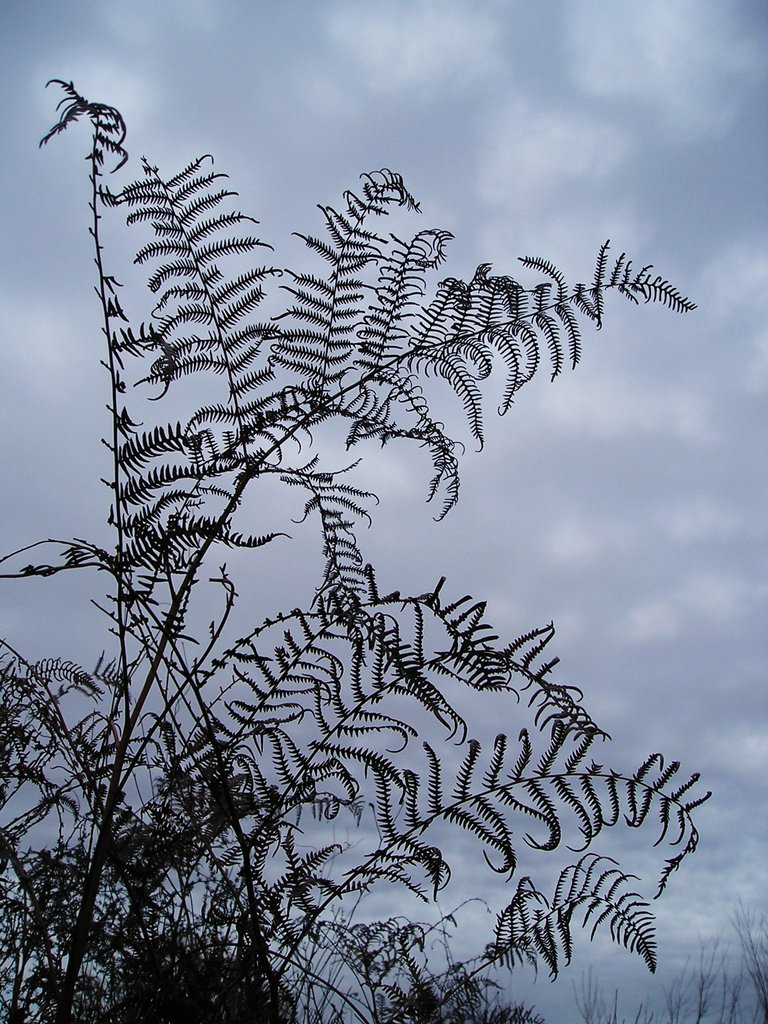
Here you can take a look at the dried-out remains of the Pteridium aquilinum fern in winter.
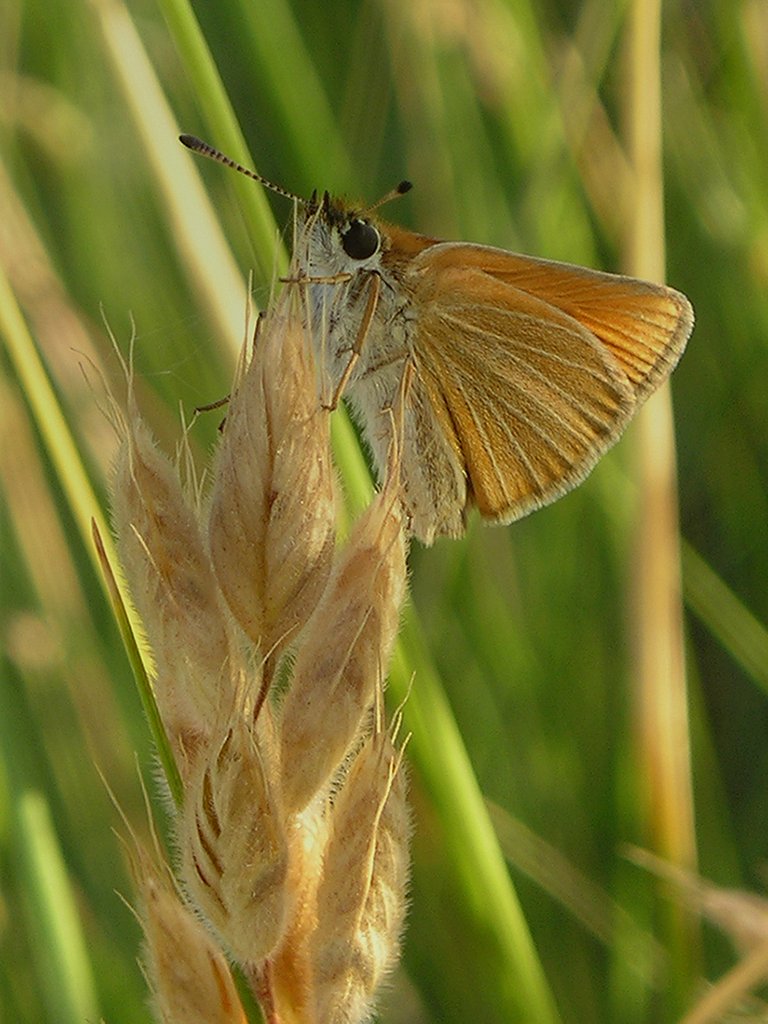
This is the Thymelicus lineola, a small butterfly from the Hesperiidae family.
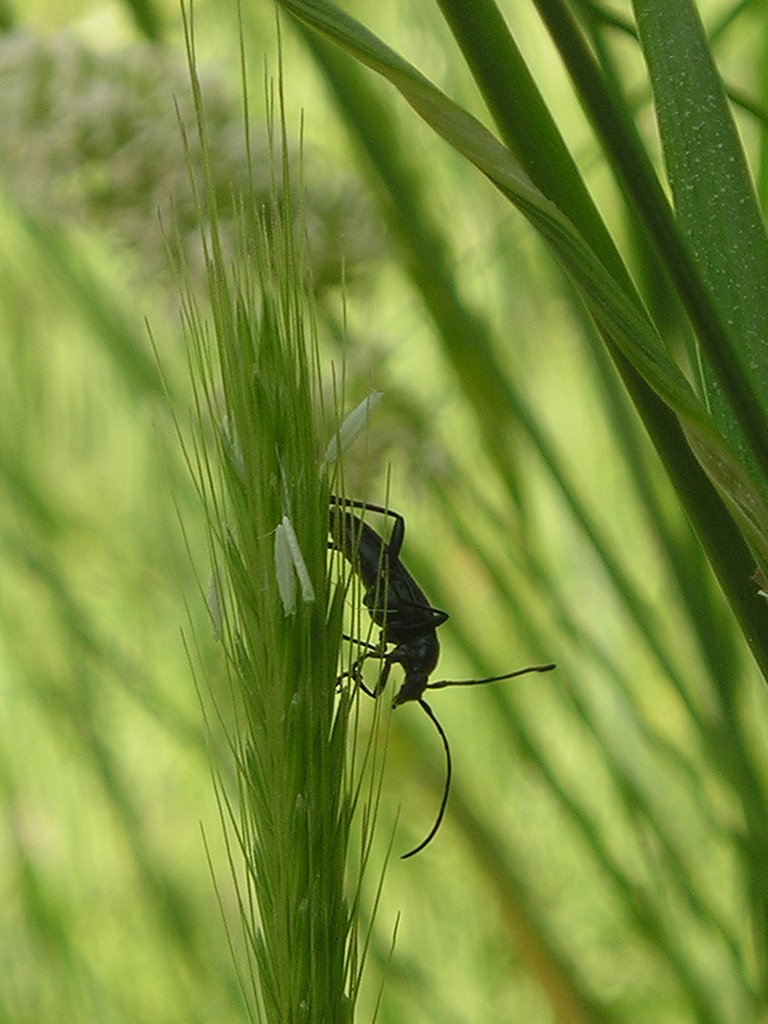
Here you can see some longhorn beetle (Cerambycidae family), and in the following photograph ...
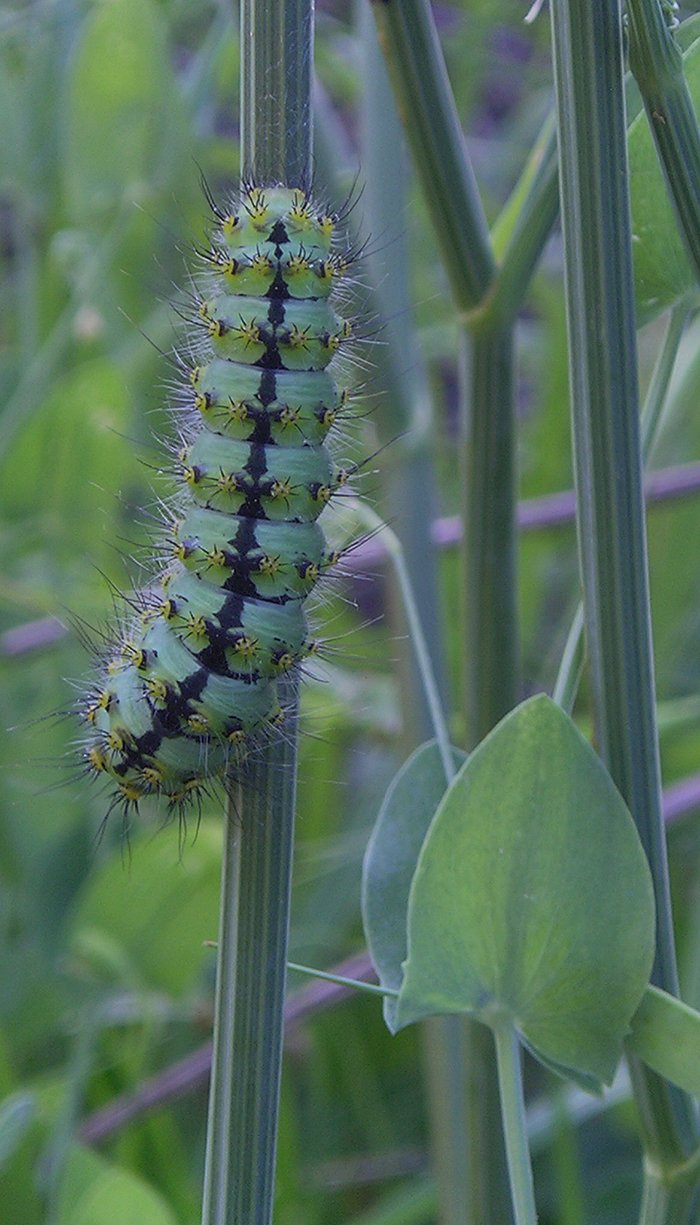
... you can take a look at some caterpillar that I wasn't able to identify.
The following links will take you to the sites that helped me identify the spiders, plants, and insects in this post.
https://leptiri.hr/
https://identify.plantnet.org/
https://www.leps.it/
https://www.kerbtier.de/cgi-bin/enFOverview.cgi
https://en.wikipedia.org/wiki/Ophion_(insect)
AND THAT'S IT. AS ALWAYS IN THESE POSTS ON HIVE, (EXCEPT FOR THE PHOTOGRAPH SHOWING THE CAMERA) THE PHOTOGRAPHS ARE MY WORK - THE END.
Great photos 😊 but my favorite is the third photo, the bug on the grass🤗
Have a nice day @borjan ☀️
Thanks. 🙂 Nice day to you too.
Thanks ☀️
Wow,.perfect shoot.
Very impressive.
Nice photos Chief. 👍
I'd be pleased if I got this good results! Love the fruits of the Briza maxima grass. The bindweed's pink is lovely! I like the designs the Pteridium aquilinum fern made.